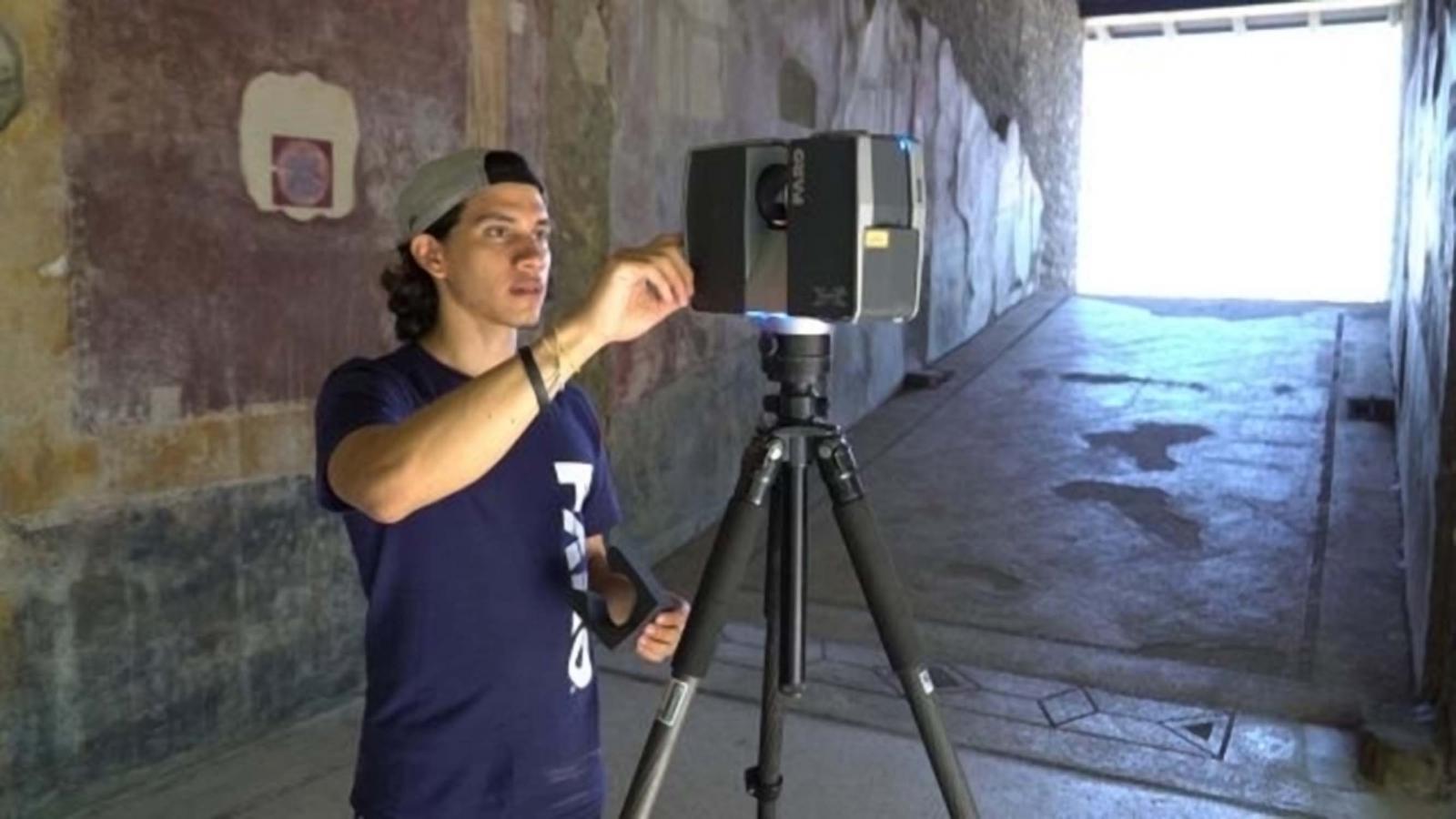Since the year 2000, the University of Maryland School of Architecture, Planning and Preservation has been providing research and study opportunities for students and faculty at Stabiae, an important ancient site near Pompeii in the Bay of Naples, Italy. The beautiful Roman villas that lined the shore of this seaside resort, a favored destination of the Roman elite, were buried by over seven meters of volcanic ash with the eruption of Mount Vesuvius in 79 AD.
Students and faculty from Maryland and other universities around the world travel to Stabiae each summer to study one of the largest excavation sites in the ancient world, painstakingly uncovering and documenting its past and planning for its future. Using 21st century LiDAR technology, manual documentation and sketch notations, the Maryland team brings new life and understanding to Stabiae’s buildings, gardens and frescoes, preserving and enhancing its place in history for future generations.
Learn more about the important work being done in this historic place with a new documentary short on Study Abroad in Stabiae, here.
Read more about UMD’s efforts in Stabiae and the application of LiDAR technology, here.

